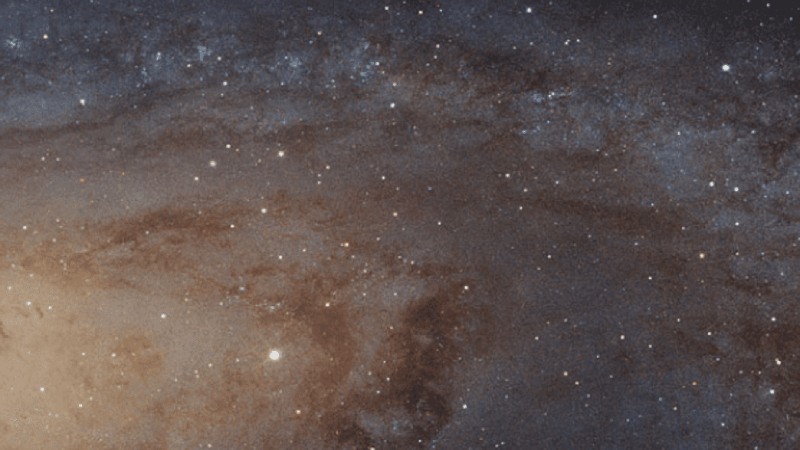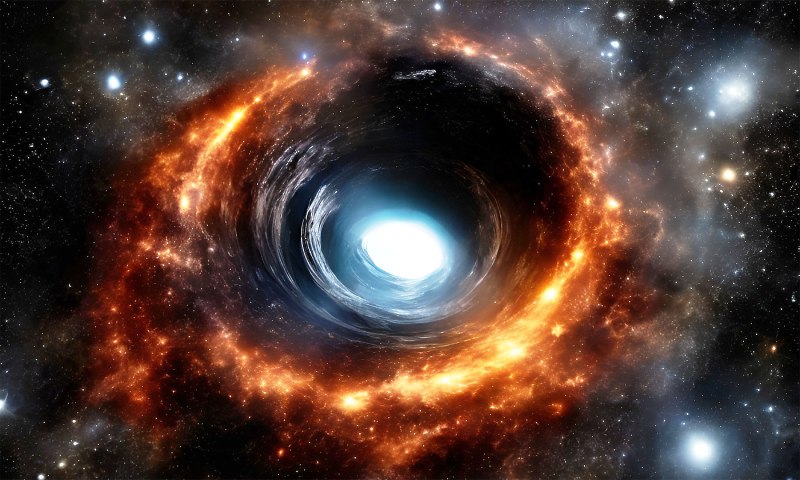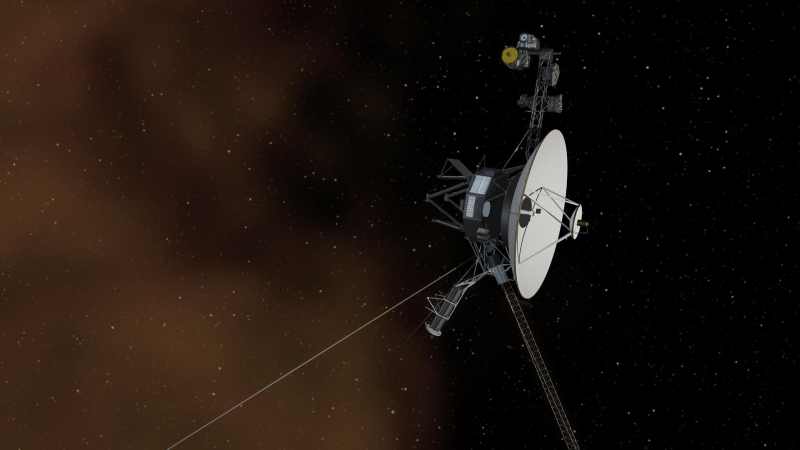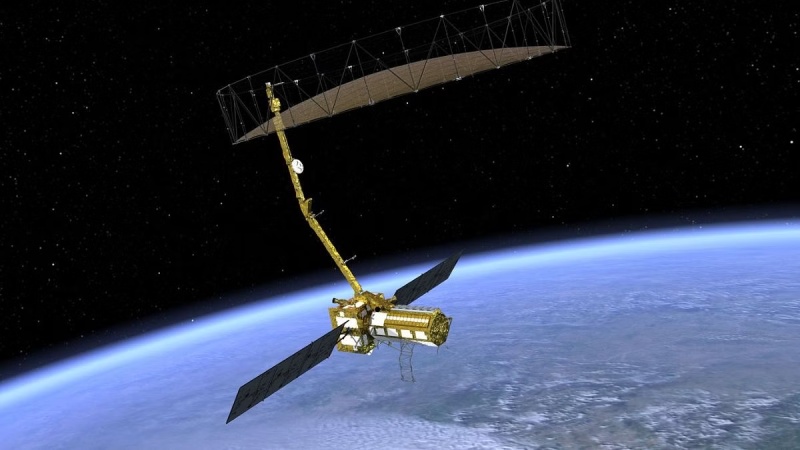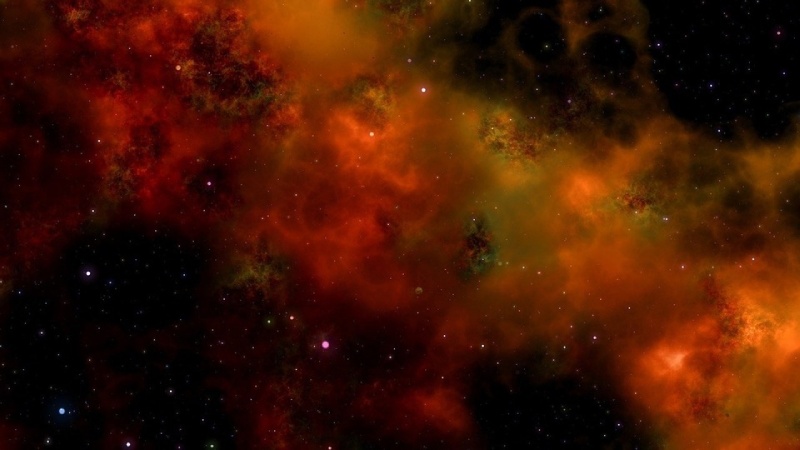Christmas time is here, both on Earth and in space! A stunning nebula in the shape of a running chicken was recently revealed by the European Southern Observatory (ESO), creating the impression of a vacation in space.
According to an ESO press release, the Running Chicken Nebula is literally named after it and “spans an area in the sky of about 25 full moons.”
At ESO’s Paranal location in Chile, the VLT Survey Telescope (VST) took a 1.5 billion pixel resolution photo of the festive amazing nebula.
Running Chicken Nebula was spotted by ESO:
According to ESO, the unique Running Chicken Nebula is situated in the constellation Centaurus, also known as the Centaur, and is 6500 light-years away from Earth. This nebula’s surrounding hydrogen glows pink because to the powerful radiation emitted by the young stars that make up this cluster. The nebula’s pinkish color makes it incredibly stunning to look at.
This nebula’s brightest area is known as IC 2948, where some observers saw the silhouette of a chicken’s head and others its back. The image’s pastel contours, aside from its pinkish tone, are composed of dust and gas plumes.
The bright, vertical structure known as IC 2944, which resembles a pillar, lies at the center of the nebula. The star Lambda Centauri, which is far closer to us than the nebula itself and can be seen with the naked eye, is the brightest twinkling in this specific area.
Gums 39 and 40, to the higher right, and Gum 41, to the lower right, are two more areas in the image. Apart from the nebulae, the stars are organized in an irregular mosaic of orange, white, and blue hues.
However, why does the nebula resemble a chicken? It’s the existence of these countless stars, all of which are lovely and beautiful but unquestionably not joyful. The enormous amounts of radiation emitted by these stars cause the surrounding space to take on the appearance of a chicken. A space exists between the chicken-like silhouette because certain parts of the nebula, referred to as Bok globules, are able to endure this intense starburst.
The OmegaCAM wide-field camera, which was installed aboard the VST, was used to record the observations. According to ESO, the image is 270 light-years across, meaning it would take a chicken on average about 21 billion years to travel across it. This is a far longer period of time than the cosmos has existed.
Topics #ESO #European Southern Observatory #galaxy #ISRO #NASA #Nebula #New research #news #Research #rocket #Space #Space Agency #universe
